Can the dishwasher be placed next to the oven?

The arrangement of furniture and appliances in the kitchen is not only a matter of personal preference. So, sometimes regulations require that certain types of equipment be at a distance from each other. Therefore, it is worth considering what to consider when placing the dishwasher and oven, and how to follow the manufacturer's recommendations and the features of connecting to the mains.
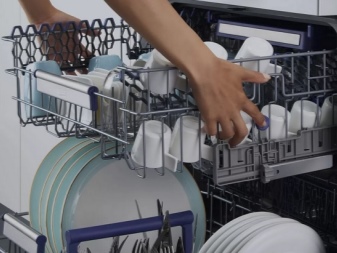
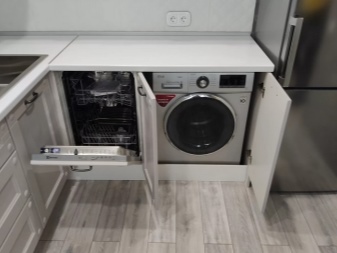
Manufacturer requirements
It is believed that placing the dishwasher next to the oven is potentially dangerous for both appliances. Water entering the hob will damage the appliance. And the heat from the stove will negatively affect the electrics and rubber seals in the dishwasher. Therefore, the installation should adhere to the rules provided by the manufacturers. They suggest:
- installation of a dishwasher and oven with a minimum technical gap of 40 cm (some manufacturers reduce the distance to 15 cm);
- refusal to install end-to-end;
- placing the dishwasher below the oven with a hob when placed vertically;
- exclusion of the extreme drawer headset for the built-in dishwasher;
- a ban on placing PMM under the sink or close to it;
- placing the hob directly above the dishwasher, regardless of the presence of a heat-insulating substrate.
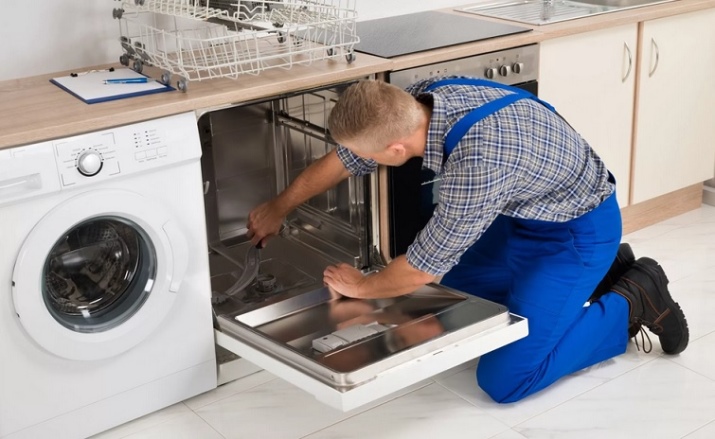

These rules are easy to follow in a spacious kitchen. But the situation is not so straightforward when space is limited. However, even here, the layout should be calculated taking into account the technological gap. This will increase the service life of the devices, and the craftsmen will have no reason to refuse warranty repairs. To do this, you can use the following recommendations:
- give preference to products from reliable manufacturers, equipped with high-quality thermal insulation and a tangential cooling system, which will protect the adjacent furniture and appliances;
- leave at least a small gap between the devices;
- if the distance is too short, it can be filled with foamed polyethylene foam, which will reduce the risk of external heating of the dishwasher.
If the devices are located close to each other, experts recommend avoiding their simultaneous use, even if they are not connected to the same outlet.
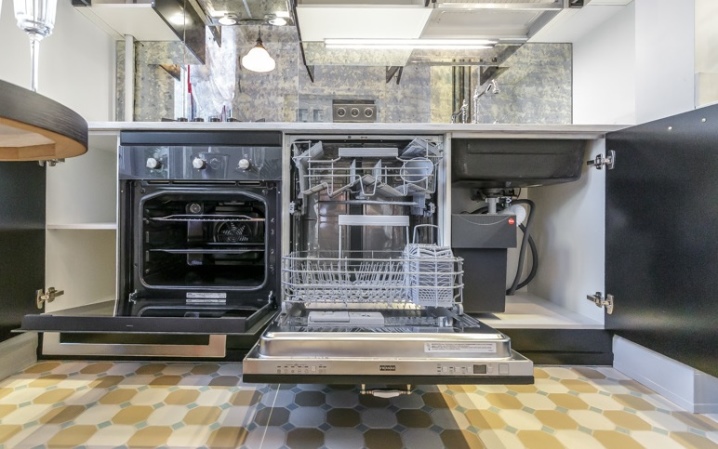
Accommodation rules
In confined spaces, the owner may have several options.
- Purchase appliances separately. In this case, it is worth taking care that they are separated by a tabletop or a pencil case. You can solve the problem with a minimum clearance by choosing devices of a more modest size.
- Place the dishwasher and oven vertically in the pencil case. This option helps to save space while maintaining the desired distance. In this case, the PMM must be placed under the oven. Otherwise, water bursting will cause the hob to flood and rising steam will endanger the dishwasher's electrics.
- Install built-in appliances horizontally. For this, a pencil case is taken with several sections, designed for one technical unit.

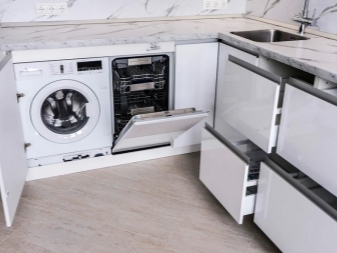
Given that it is difficult to follow technical requirements in a small-sized kitchen, manufacturers have proposed a new alternative. Combined devices are now on sale. Two-in-one models include an oven with a dishwasher. Although both compartments are modest in size, they are sufficient for preparing popular dishes, as well as washing dishes after a single meal in a small family. In the 3-in-1 version, the set is supplemented with a hob, which increases the functionality of the device. It is convenient to place it next to the worktop for cutting food.
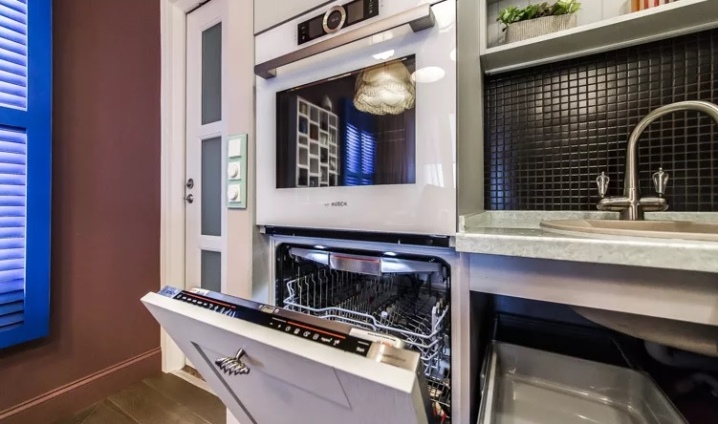
The most technologically advanced solution is the installation of an induction cooker, the surface of which heats up only if there is a certain type of cookware on it. When planning the installation of the PMM, it is important to take into account its location relative to other devices. So, installing a dishwasher next to a washing machine is considered an erroneous decision. Simplified water and sewerage connections seem to be an advantage. But the vibration and swaying that accompanies the operation of the washing machine will destroy the PMM from the inside.
In addition, the proximity of a dishwasher to a microwave oven and other household appliances is considered undesirable. An exception is the proximity to the refrigerator.

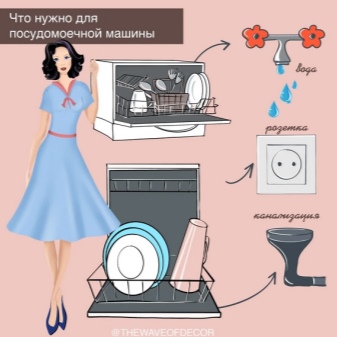
Connecting to the network
Dishwasher installation is conventionally divided into 3 stages. If we are talking about built-in appliances, you will need to securely fix the device in the prepared niche. This is followed by connecting the device to the electrical network, water supply and sewerage. Compared to the hob, the power consumption of a dishwasher is an order of magnitude lower (2-2.5 kW compared to 7 kW). Therefore, connecting to the network is not considered a difficult task.
To lay an additional power line, you will need a three-core copper cable, a socket with a ground contact, an RCD or a differential machine. Although a separate line is recommended for the dishwasher, if there is no opportunity, you can use existing RCD protected outlets.
If the devices are planned to be connected to the same outlet, it will only be possible to use them one by one, even if the minimum distance is observed.
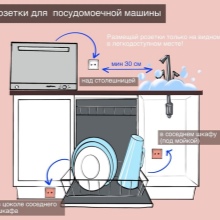
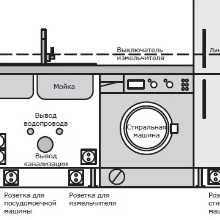

As for the connection to the water supply and sewerage system, the user has 2 options.
- If all equipment is installed at the stage of settlement or overhaul, it makes sense to lay separate pipes.
- If a connection is required in an apartment with a finished renovation, you need to find an option for connecting to communications with minimal alterations. Thus, the system can be connected to a mixer and a sink siphon. It is not recommended to connect the dishwasher directly to a sewer pipe. Otherwise, the owner will have to deal with unpleasant odors during the operation of the device.
Among the errors that occur when connecting the PMM to the network, the most significant ones should be noted.
- Connecting the system to a conventional 220 V panel. This will endanger the life and health of the inhabitants of the apartment. For safety, you should use an automatic machine + an RCD or a difavtomat.
- Installing a socket under the sink. This place seems attractive because there is no need to pull the cord far. However, any leak can result in a short circuit.
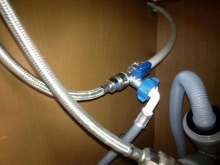
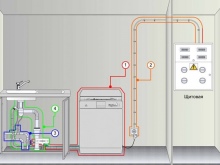
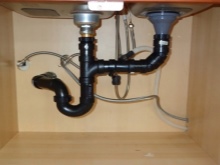













The comment was sent successfully.